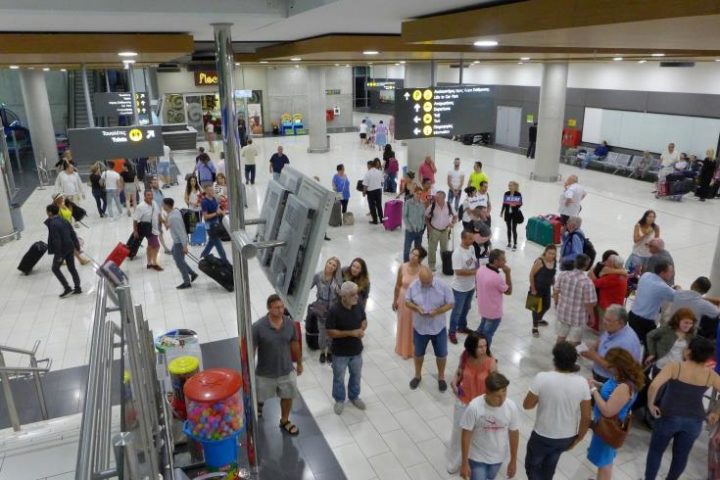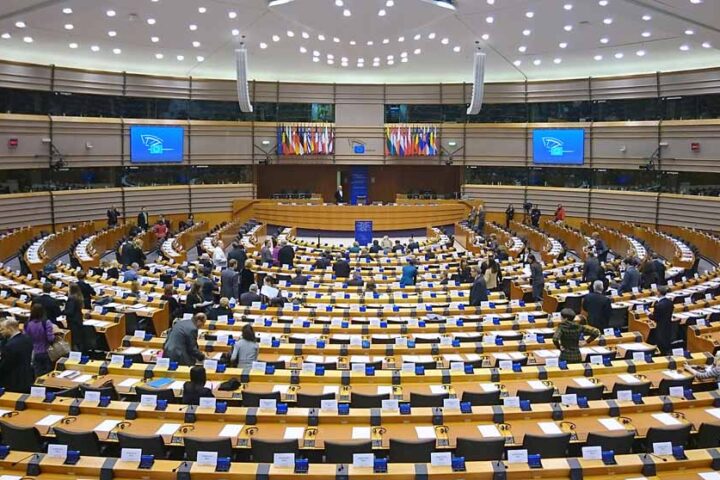Passenger traffic across the European airport network increased by +61% in Q3 compared to last year, said trade body ACI EUROPE.
International passenger traffic (+84%) drove the surge as largely unrestricted cross-border travel led to a boom in leisure and VFR travel over the peak summer months.
Domestic passenger traffic (+14%) expanded at a lower but still dynamic pace.
When compared to pre-pandemic (2019) levels, passenger traffic in Q3 stood at -12%, a significant improvement over Q2 (-17%) and Q1 (-39%).
The EU+ market continued to drive the recovery, with passenger traffic at airports in the bloc increasing by +74% in Q3 compared to the same period last year.
The best performances came from airports in the UK (+202%), Finland (+194%) and Ireland (+188%) – largely reflecting the fact that governments in these countries were slower to ease travel restrictions last year.
When compared to pre-pandemic levels, airports in the EU+ market were at -13%, with significant variations in recovery performance:
Airports in Greece (+4.8%), Luxembourg (+3.3%) and Iceland (+1%) exceeded their pre-pandemic passenger volumes.
Airports in major tourism markets, including Portugal (-1.8%), Spain (-7.8%), Croatia (-9.3%) and Italy (-11.4%), generally outperformed the EU+ average, along with those in Romania (-4.8%), Lithuania (-7.6%), Ireland (-10%) and Poland (-11.2%), where significant Ultra-Low Cost Carrier capacity expansion was often a major contributor.
Airports in the largest EU+ aviation markets recovered at a slower pace – with France (-14.1%) posting the best results, followed by the UK (-18.1%) and Germany (-25.9%).
The exposure of these markets to intercontinental traffic (especially to Asia) and airport capacity restrictions at selected hubs in the UK and Germany acted as recovery limiting factors.
Meanwhile, airports in Finland (-35.4%), Czech Republic (-30.9%), Latvia (-28.7%) and Bulgaria (-27.7%) significantly lagged, in large part due to the impact of the war in Ukraine and related sanctions against Russia and Belarus.
At airports in the rest of Europe, passenger traffic increased by +18% in Q3 compared to the same period last year.
The best performance came from airports in Israel (+164.4%), while the loss of all commercial air traffic for Ukrainian airports and declining passenger volumes in Belarus (-15.9%) and Russia (-3.9%) dragged down the average for the non-EU+ bloc.
RECOVERY PATTERNS
Passenger traffic at the top 5 European airports grew by +79.4% in Q3 compared to the same period last year – but remained -16.9% below pre-pandemic (Q3 2019) levels, mainly due to continued travel restrictions in parts of Asia.
Istanbul was the busiest European airport and the only major European hub whose passenger volumes exceeded pre-pandemic levels at +3%.
Its passenger traffic increased by nearly +56.1% when compared to Q3 2021.
London-Heathrow came second, followed by Paris-CDG.
Volumes increased by +187.1% and +83% for the British and French hubs compared to Q3 last year – standing at -18.4% and -19.9%, respectively, below pre-pandemic levels.
Capacity restrictions limited passenger traffic growth at Amsterdam-Schiphol (+54.1%) and Frankfurt (+62.3%) compared to Q3 last year.
The Dutch and German hubs came in 4th and 5th position – with volumes for both remaining below -20% compared to pre-2019.
Paris-Orly (+3.7%) exceeded its pre-pandemic (Q3 2019) passenger volumes.
Palma de Mallorca (-2.4%) and Athens ( 5%) came closest to a full recovery of passenger volumes – along with Lisbon (-5.2%), Antalya (-8.2%) and London-Stansted (-9.6%).
Madrid only handled 2% fewer passengers than Frankfurt and was the 6th busiest European airport in Q3 (-14.5% compared to Q3 2019).
There were significant variations in performance among regional airports, with those serving popular tourist destinations and/or relying on Low-Cost Carriers seeing passenger volumes exceeding 2019 levels.
Including: Perugia (+125.4%), Zadar (+58%), Santorini (+37%), Funchal (+30.4%), Turin (+26.3%), Kerkyra (+19.9%), Figari (+19.8%), Chania (+18.9%), Olbia (+11.3%) Naples (+10.3%), Menorca (+9.3), Charleroi (+9.3%), Paphos (+8.2%), Palermo (+4.3%) and Bologna (+3.3%).










